Hungary
- Home
- Hungary
Hungary[a] is a landlocked nation in Central Europe. Covering 93,030 square kilometers (35,920 sq mi) within the Carpathian Basin, it shares borders with Slovakia to the north, Ukraine to the northeast, Romania to the east and southeast, Serbia to the south, Croatia and Slovenia to the southwest, and Austria to the west. Hungary’s population of 9.6 million primarily consists of ethnic Hungarians, along with a significant Romani minority. Hungarian, an Ugric language of the Uralic family, is the official language, and Budapest serves as both the capital and largest city.
Before Hungary’s statehood, the region saw settlements by various peoples, including Celts, Romans, Huns, Germanic tribes, Avars, and Slavs. The Principality of Hungary was founded in the late 9th century by Álmos and his son Árpád through the conquest of the Carpathian Basin. King Stephen I took the throne in 1000, converting the realm into a Christian kingdom. The medieval Kingdom of Hungary was a powerful European entity, peaking in the 14th–15th centuries. Following protracted Ottoman wars, Hungarian forces were defeated at the Battle of Mohács, leading to the capture of its capital in 1541 and a subsequent 150-year period of division into three parts: Habsburg-loyal Royal Hungary, Ottoman Hungary, and the largely autonomous Principality of Transylvania. Hungary was reunited under Habsburg rule at the start of the 18th century, enduring wars of independence in 1703–1711 and 1848–1849, until the Austro-Hungarian Monarchy was formed in 1867, becoming a major power until the early 20th century. The monarchy collapsed after World War I, and the Treaty of Trianon in 1920 defined Hungary’s current borders, resulting in a loss of 71% of its historical territory, 58% of its population, and 32% of ethnic Hungarians.
During the interwar period, following initial instability, Miklós Horthy became a significant political figure, serving as regent for the absent Habsburg monarchy. Hungary allied with the Axis powers in World War II, enduring considerable destruction and casualties. Post-war, the Hungarian People’s Republic was established as a Soviet satellite state. After the failed 1956 revolution, Hungary remained a comparatively freer member of the Eastern Bloc. In 1989, amidst the Revolutions of 1989, Hungary transitioned peacefully to a democratic parliamentary republic, joining the European Union in 2004 and the Schengen Area in 2007. As of 2023, there are concerns about democratic backsliding under Prime Minister Viktor Orbán’s government, with organizations such as Freedom House and the European Parliament labeling Hungary as a hybrid regime.
Hungary boasts a high-income economy with universal healthcare and free secondary education. It has a rich history of contributions to the arts, music, literature, sports, science, and technology. A popular European tourist destination, Hungary attracted 24.5 million international tourists in 2019. It is a member of numerous international organizations, including the Council of Europe, NATO, the United Nations, World Health Organization, World Trade Organization, World Bank, Asian Infrastructure Investment Bank, and the Visegrád Group.

Why Choose TRiprex
Worldwide Coverage
Cras facilisis fermentum ex seda ullamcorper odio rutrum accoun Phasellus auctor
Worldwide Coverage
Cras facilisis fermentum ex seda ullamcorper odio rutrum accoun Phasellus auctor
